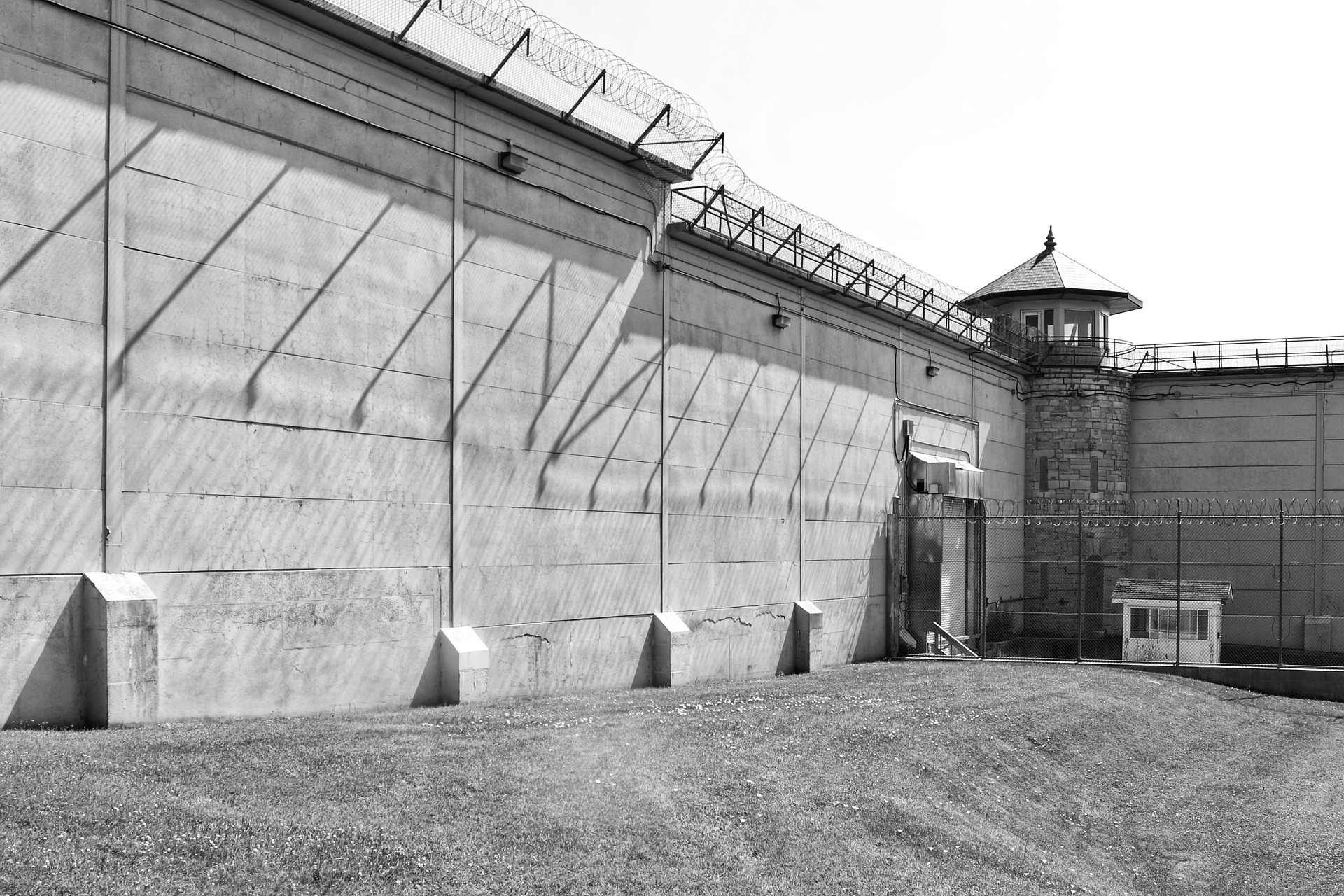Rediscovering Productivity: Workflow Optimization in the Post-Pandemic Era
The importance of efficient workflow in an era marked by significant shifts in organizational structures cannot be understated. Here is what you should know.

The History of Workflow and Its Evolving Nature
The concept of workflow is not new—it has been an integral part of industrial operations since the dawn of the production line. However, the past several years have observed drastic changes in how businesses consider and leverage their workflows, largely driven by exponential technological advancement and adapting market conditions.
In the wake of a global pandemic, the traditional workflow model underwent a paradigm shift as companies at large had to reconfigure their operational strategies to accommodate remote working and modified business processes. The sudden shift heralded a new focus on streamlining workflows, processes, and systems to ensure productivity while maintaining industry standards and outputs.
The State of Modern Workflow Practices
Today, businesses continue to grapple with finding the right balance in their workflows—a harmony between man and machine, physical and digital space, efficiency and humanity. However, several trends have emerged, offering a glimpse into how modern workflow practices are taking shape.
Companies today are:
- Increasing reliance on agile methodologies, which facilitate adaptability and responsiveness to sudden changes.
- Leveraging robust project management tools that offer real-time tracking, collaborative capabilities, and advanced automation features.
- Prioritizing a culture of continuous learning to upskill and reskill employees, thereby enhancing their ability to adapt to changes in workflows.
Impact of Workflow Optimization: Unveiling the Potential
Refining and optimizing a workflow may appear daunting, but the potential gains are worth the effort. Streamlined workflows eliminate unnecessary steps, reduce manual intervention, improve communication, and allow team members to focus on higher-value tasks—contributing to increased productivity, improvement in service quality, and a boost to the organization’s bottom line.
However, it’s worth noting that workflow optimization is not without challenges. Businesses often encounter resistance to change, difficulties in ensuring organization-wide standardization, and maintaining culture and engagement during the transition process.
Clearing the Path: Overcoming the Challenges
Overcoming the roadblocks to effective workflow optimization requires a concerted effort that relies on forward-thinking leadership, inclusive decision-making, and employee engagement. Approaches include:
- Integrating change management strategies into workflow optimization initiatives.
- Encouraging consistent and transparent communication to facilitate smooth transition.
- Providing comprehensive training and support to employees, easing them into new processes and tools.
Shaping the Future: Practical Workflow Optimization Strategies
- Embrace Automation: Automation eliminates redundant tasks and provides employees with more time to concentrate on value-adding activities.
- Update Processes Regularly: Continual updating and refining of processes and systems ensures they remain relevant and effective.
- Cultivate a Learning Environment: Encouraging employees to upskill and stay current with innovative practices can have a significant impact on workflow optimization.
In conclusion, in an era marked by dynamic and unpredictable changes, workflow optimization has emerged as an indispensable tool to keep businesses on track. With a deep understanding of its importance and strategies to harness its full potential, companies can navigate uncertainties, drive growth, and build a stronger future. As businesses pivot towards a post-pandemic world, the emphasis on workflow optimization is likely to grow, transforming how organizations operate, function, and thrive.




